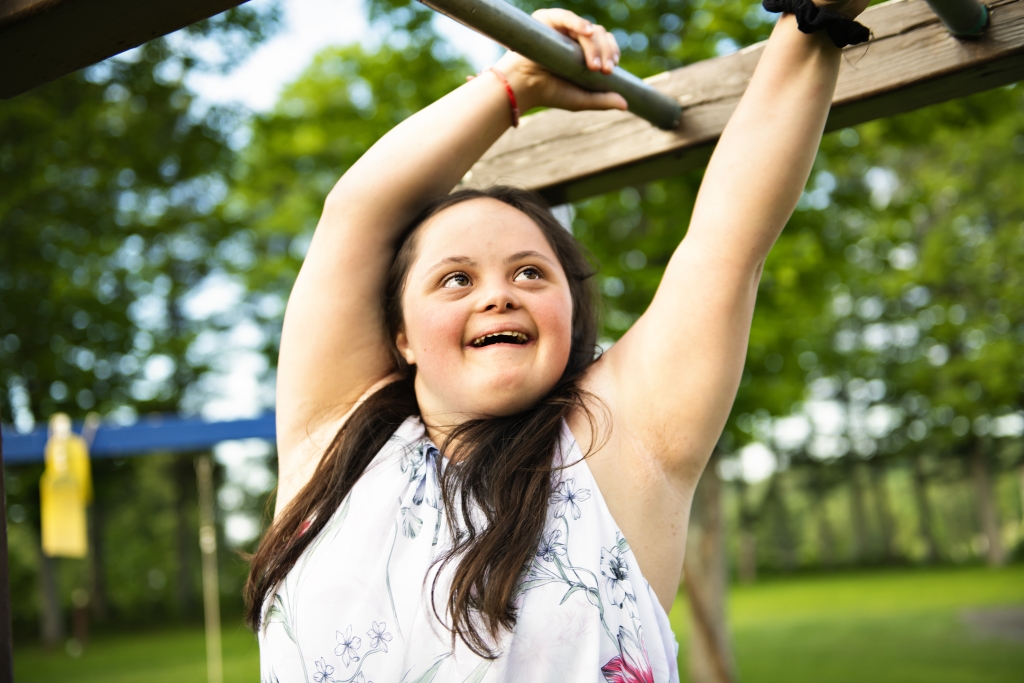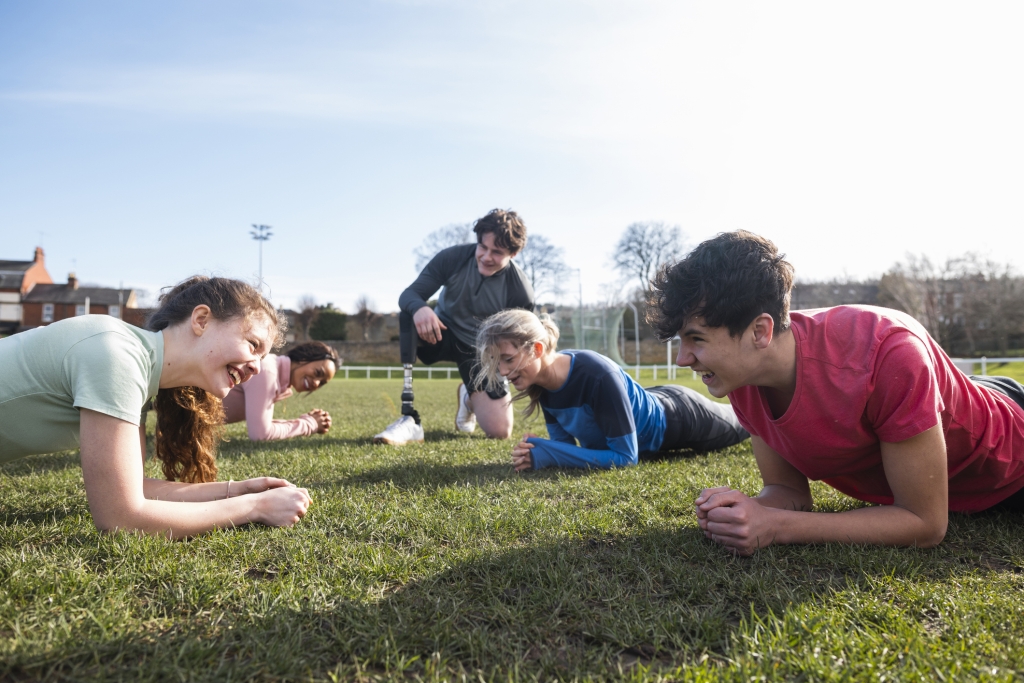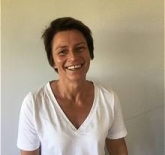Sharing Teaching Experiences (Part Two): I Now Feel Confident and Prepared Having Pupils of All Abilities in My PHE Class

Two teacher education programs, Western Norway University of Applied Sciences (HVL) in Norway and Mount Royal University (MRU) in Calgary, have been collaborating in the field of Physical and Outdoor Education in teacher education. The partnership between the two institutions received funding back in 2019 from NOTED (Norwegian Partnership Program for International Teacher Education) to increase student exchange opportunities, collaborate on faculty research, and strengthen international partnerships. A strength of this partnership is the robust relationship that has been built between institutions. This relationship has allowed undergraduate students or pre-service teachers (PSTs) to more easily exchange, staff and faculty to learn about international contexts, and has created a space for innovative pedagogical ideas and future thinking. A series of three articles will refer to the Outdoor Education Partnership and is authored by three teacher educators: Torbjørn Lundhaug (HVL, article one), Helga Aadland (HVL, article two), and Shannon Kell (MRU, article three). The articles are useful to those in the PHE field(s) to demonstrate how there is much to learn from looking beyond our own borders but that we also have similarities. Often this learning takes work and commitment but has fantastic payoffs in terms of professional development, teaching practice and pedagogy, philosophies of learning and teaching, and friendships. This is article two of three and shares a story of inclusion and diversity in teacher education. Click here to read the first article.
The Importance of Adapted PHE Instruction in Teacher Education
Primary and lower secondary education (i.e., grades 1 - 10) in Norway is founded on the principle of a unified school that provides equal and adapted education for all pupils, including children with disabilities. Norway’s core curriculum describes how teachers shall develop an inclusive environment that promotes health, well-being, and learning for all. A benevolent and supportive learning environment is the basis for a positive culture where the pupils are encouraged and stimulated to develop academically and socially. It is emphasized in the core curriculum that the teachers must develop an inclusive and inspiring learning environment, where diversity must be acknowledged as a resource. The pupils shall learn to respect uniqueness and understand that everyone has a place in the school community.
It is a big responsibility to become a teacher. Many PSTs may feel that they have not gained enough practical experience in facilitating teaching and implementing appropriate supports (i.e., accommodations and modifications) in their classrooms for students of all abilities and needs. This sentiment is also shared by PSTs in MRU’s teacher education program, and through conversations about how we are each addressing this, we felt it valuable to share an example from HVL’s teacher education program at Campus Stord.
Semester Project: An Outdoor Activity Day
To help fill this gap in teacher education, HVL developed a semester project to provide PSTs with more practical experience in meeting and supporting pupils with various disabilities, such as action planning for facilitating participation and success with activities (i.e., outdoor physical activities and games). The PSTs who took part were in their second year of teacher training. The task they were given was to create an outdoor activity day on campus for pupils of all abilities. An invitation to participate in the outdoor activity day was extended to vocational organizations and schools. We received an overwhelming positive response that consisted of 104 participants with diverse abilities aged 6-70 who intended on attending.

During the planning phase, the students used what they had learned in theoretical teaching, researched new theories related to diverse and inclusive activities, and discussed which activities could be suitable for the participants. They focused on how each activity could be adapted for participants with: physical disabilities (i.e., that may affect an individual’s mobility, dexterity, or stamina) and who use a mobility aid (i.e., wheelchairs); sensory disabilities (i.e., affects one or more senses—sight, hearing, smell, touch, taste, or spatial awareness) such as people with blindness or vision impairment, deafness or hard of hearing; developmental (i.e., autism spectrum disorder (ASD), Down Syndrome, etc.) and behavioral disabilities (i.e., oppositional defiant disorder (ODD), conduct disorder (CD), and Attention Deficit Hyperactivity Disorder (ADHD)) (PHE Canada, 2023). The PSTs program planning culminated in a booklet in which each activity was described and suggestions for adaptations (i.e., accommodations and modifications) were included.
Furthermore, the practical work in this project consisted of creating invitations, participation cards, certificates, ordering medals, providing food and drinks, advertising the event, finding equipment for the activities and premises on campus to serve lunch, soliciting sponsors, preparing warm-ups, crafting opening and closing speeches, and contacting the press. The entire process from start to finish was beneficial practice for the PTSs to experience how organizing an event requires proactive planning to ensure accessibility is possible and fun.

The area the students had at their disposal on-campus was a soccer field, the park around the school, as well as some classrooms to serve lunch in. Based on the number of participants, the students decided that they needed 16 activities: 8 on the soccer field and 8 in the park. The participants would be divided into groups. Each group had two PSTs who accompanied them from activity to activity throughout the day and ate lunch with them. The PSTs also participated in the activities together with the participants because they wanted to get to know and build a rapport with the participants in their groups and to practice facilitating and adapting various activities for them. This practice and relationship building showed the PSTs that developing an inclusive pedagogy respects the best interests of all participants, which also supports the well-being of the larger community.
Evaluation Day: PSTs Takeaways
During the evaluation of the day following the event, all of the PSTs described this semester project as an invaluable experience to developing their inclusion strategies which can be implemented in a dynamic set of programs and environments. Some of the PSTs notable acknowledgements and takeaways from this project includes, but are not limited to, the importance of:
- Speaking directly to people with diverse abilities and asking, rather than assuming, what they need in order to participate. For example, a PSTs shared: "I am no longer afraid of having pupils with disabilities in my class, because after planning and carrying out this activity day, I have seen that with minimal adaptations, everyone can participate in the teaching based on their strengths, regardless of the disability one has".
- Developing positive relationships with the participants to succeed and build confidence in their abilities; they experienced that their confidence increased during the day after they had got to know the participants better. When positive relationships are formed, they could use humour and motivate the participants to push themselves further.
- Assumptions of capabilities and how little arrangements were needed for the participants to be able to take part in the various activities; recognition of unintentional stereotypes or stigma they held.
Overall, after planning and carrying out the activity day, the PSTs expressed feeling more confident and prepared in their future profession to provide inclusive physical activity programming and experiences (indoor or outdoor) for students of all abilities.
Our international partnership has allowed us to see similarities in PSTs regarding their desire for more experience related to diversity and inclusion in their teacher education training. Through sharing ideas, seeing these in action in different contexts, and critically reflecting on our work, we can move toward incorporating more experiences in our programs, therefore, increasing the pedagogical confidence of our PHE field to include people of all abilities.
References
Core curriculum – values and principles for primary and secondary education, The Norwegian Directorate for Education and Training, 2017, https://www.udir.no/lk20/overordnet-del/?lang=eng
PHE Canada. (2023). Inclusion of Students of All Abilities in School-Based Physical Activity Experiences. Retrieved from https://phecanada.ca/sites/default/files/content/docs/Program/inclusion-of-Students-of-all-abilities-guidebook.pdf








